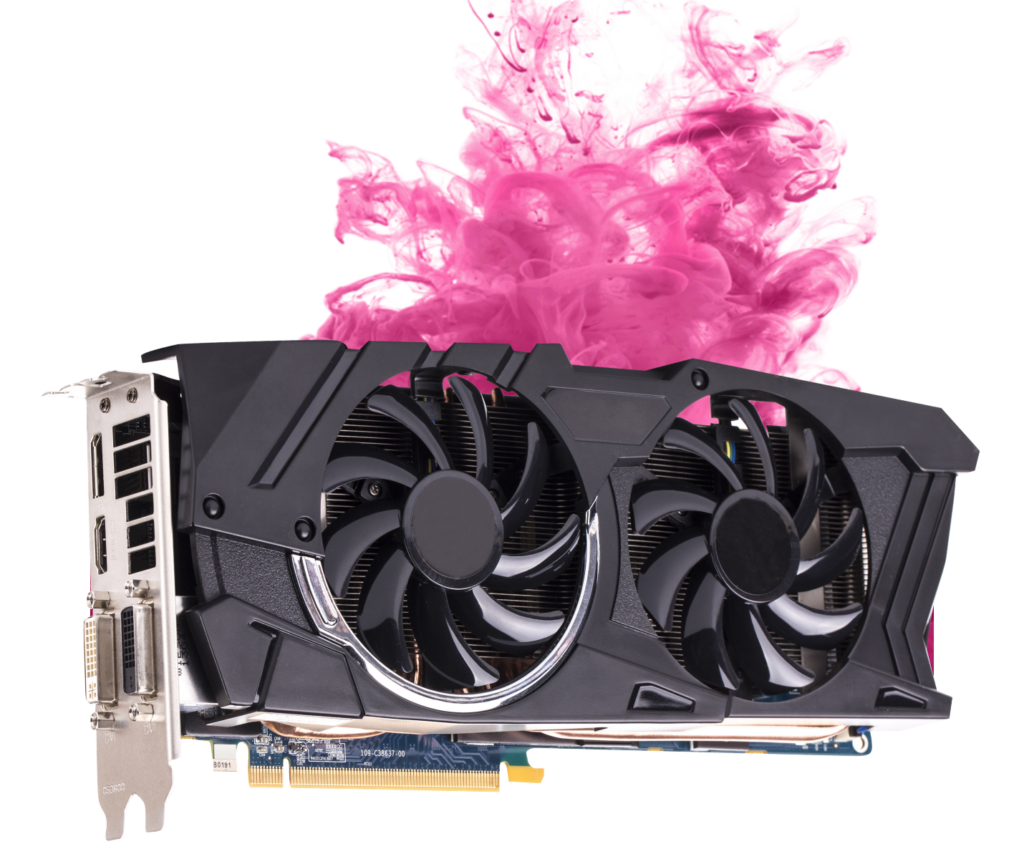Before 2014/2015, tinkering with Nvidia GeForce graphics card BIOS was possible. However, Nvidia’s introduction of BIOS signature checks over the past decade halted video BIOS modding. The security processor Falcon in the GeForce 900-series GPUs prevented unauthorized firmware booting. But recently, two tools—OMGVflash by Veii and NVflashk by Kefinator—emerged, breaking Nvidia’s once considered unbreakable barriers. These tools enable flashing of various video BIOS onto nearly any Nvidia GeForce card, bypassing signature and vendor checks. This includes the latest RTX 4090 Ada GPUs. Both authors shared comprehensive threads on TechPowerUp Forums. While BIOS modding has risks, modern processors with iGPUs aid recovery. Remember, modding voids warranties.

What do we think? Like any form of modification, graphics card BIOS modding carries inherent risks and is intended for advanced users who are knowledgeable about the process. While there’s always a potential for mishaps, recovering from a faulty flash is relatively straightforward. Most modern desktop processors are equipped with iGPUs that can be utilized for booting. This allows one to flash a functional BIOS onto a graphics card that has been rendered inoperable (assuming the user hasn’t overvoltaged it to the point of no return—ie, melted it). Nonetheless, it’s essential to emphasize the importance of creating a backup of one’s current BIOS before embarking on any modifications. And hey, kids, here’s an idea—if you don’t know how to back up your card’s BIOS, don’t screw about with overvoltage and overclocking unless you have a rich daddy. Remember, as soon as you launch these modder tools, your warranty just evaporated and whoever you got the card from will not return your call.
Nvidia BIOS Signature Lock cracked, VBIOS modding enabled by new tools
Back in the day, as they say, before 2014/15, one could tinker with their Nvidia GeForce graphics card’s BIOS. However, over the past decade, Nvidia quashed, and for good reasons, the realm of video BIOS modding through the implementation of BIOS signature checks. With the advent of the GeForce 900-series Maxwell, Nvidia introduced a built-in security processor named Falcon across all its GPUs. That security feature, among other functions, acted as a safeguard against unauthorized firmware, preventing GPUs from booting with such firmware.
But you can’t keep a modder down.
Just recently, two independently crafted tools—OMGVflash by Veii and NVflashk by Kefinator (forum aliases)—have appeared to let modders destroy their $1,500 cards. What a breakthrough.
These tools have breached the barriers that were once considered unbreakable by Nvidia. They allow one to flash nearly any video BIOS onto almost any Nvidia GeForce graphics card. These barriers include the formidable BIOS signature checks and the vendor/device checks (cross-flashing) that were put in place by Nvidia.
The capability to bypass VBIOS signature checks bypasses the subvendor ID check and extends its reach even to the latest RTX 4090 Ada GPUs. This means one can tinker with their graphics card’s firmware in ways that were previously thought to be unattainable.
The author Veii of OMGVflash has shared a comprehensive thread on the TechPowerUp Forums. The thread introduces the initial public beta of the tool, along with its developmental background, instructions for use, and troubleshooting assistance.
Likewise, author Kefi of NVflashk has presented a similarly detailed thread on the TechPowerUp Forums. You can access the thread via this link.
The alterations to the original NVFlash tool are, we are told, minimal, intended solely to enable the bypass feature (however, we haven’t personally checked). There are no supplementary malicious components or comparable elements. The file sizes remain unchanged from their unmodified counterparts. This legitimacy of these patches is also confirmed by the cybersecurity website VirusTotal.
Keep in mind that making modifications to the VBIOS will result in the voiding of your graphics card’s warranty.